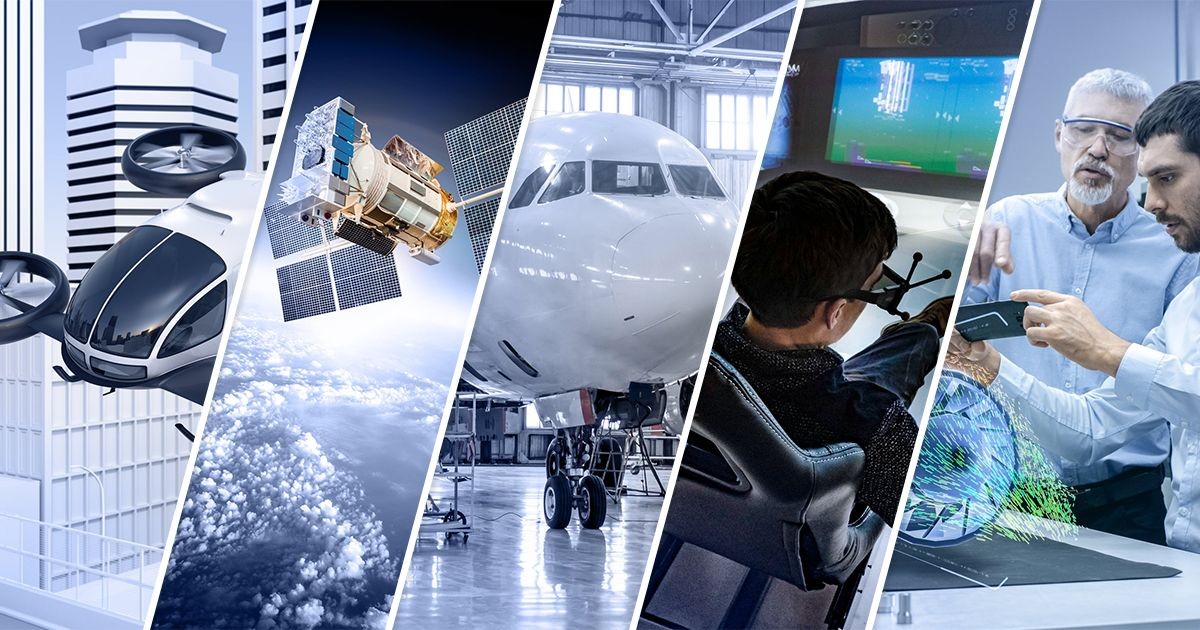Author: Capt. Nikunj Parashar, Founder & CMD at Sagar Defence Engineering Pvt. Ltd.

In recent years, the defence sector has witnessed a transformative wave of technological advancements, with a particular focus on integrating Artificial Intelligence (AI) and Machine Learning (ML) into various facets of military operations. The emergence of all-electric air mobility services, particularly in the form of personal aerial vehicles, represents a groundbreaking shift in the defence technology landscape. AI and ML technologies have rapidly become integral components of military systems, enhancing their capabilities across various domains. In the realm of sensors, these technologies enable more sophisticated data analysis, allowing for real-time threat detection and predictive maintenance. AI facilitates advanced targeting, autonomous decision-making, and improved accuracy so that information systems benefit from AI-driven analytics, providing commanders with actionable insights for strategic decision-making.
One of the most notable and exciting developments in the defence sector is the emergence of all-electric air mobility services. Personal Aerial Vehicles (PAVs), often referred to as urban air mobility (UAM) vehicles, represent a paradigm shift in transportation within military operations. These vehicles leverage electric propulsion systems, eliminating the need for traditional fuel and significantly reducing both operational costs and environmental impact while providing various services such as emergency medical evacuation, logistical support and reaching areas that cannot be accessed through traditional modes of aerial transport, saving cost and time.
The adoption of all-electric air mobility services in the military context offers several advantages. Firstly, these vehicles provide unparalleled flexibility and agility, allowing for rapid deployment and evacuation in challenging terrains or emergencies. The electric propulsion systems also contribute to stealth capabilities, reducing acoustic and thermal signatures compared to conventional aircraft. Moreover, personal aerial vehicles are designed to operate in urban environments, providing an additional layer of versatility for military operations in complex and densely populated areas. Their vertical take-off and landing (VTOL) capabilities eliminate the need for extensive runway infrastructure, enabling deployment from confined spaces, such as rooftops, landing zones and droneports. The integration of AI into these aerial platforms enhances their autonomy and safety features along with advanced navigation systems, obstacle detection, and collision avoidance capabilities, making these vehicles suitable for a wide range of military applications.
The Role of Drones in Border Security and Beyond
As the defence industry continues to push the boundaries of innovation, the integration of unmanned systems has become pivotal in providing robust and efficient solutions for safeguarding national borders. Borders present a unique set of challenges, demanding cutting-edge technologies to address the vast expanses of water in coastal regions and remote terrains in hilly areas. The defence industry recognizes the unparalleled capabilities of autonomous drones, whether they be Unmanned Aerial Vehicles (UAVs) or Unmanned Surface Vessels (USVs), in meeting these challenges head-on, offering comprehensive solutions for border surveillance.
Autonomous drones, equipped with state-of-the-art sensors and technologies, have become indispensable assets in the arsenal of defence systems. These unmanned maritime and aerial platforms operate seamlessly without direct human intervention, following pre-programmed routes or responding dynamically to emerging threats. The defence sector harnesses the autonomy of these drones to ensure continuous, systematic, and cost-effective monitoring of maritime borders as they are equipped with advanced sensors, high-resolution cameras and thermal imaging, enabling them to capture detailed and actionable intelligence about the maritime environment and difficult terrains, providing the capability to detect, track, and respond to potential threats in real-time, bolstering national security measures.
The real strength of autonomous drones lies in their ability to cover extensive areas swiftly, providing unparalleled situational awareness. The defence sector employs these systems to conduct thorough surveillance, identify suspicious activities, monitor vessel movements, and combat illicit operations such as smuggling and illegal fishing, facilitating rapid decision-making and response coordination. This not only enhances the safety of defence personnel but also ensures continuous surveillance capabilities, maintaining an unyielding presence along maritime borders.
Furthermore, the defence industry capitalizes on the versatility of autonomous drones, extending their applications beyond border security. The integration of Artificial Intelligence (AI) and machine learning algorithms enhances data analysis, allowing for the identification of complex patterns and potential threats with unprecedented accuracy. This proactive approach empowers defence agencies to stay ahead of emerging challenges and allocate resources effectively. The use of such technology represents a futuristic leap in military capabilities as these vehicles not only address operational challenges but also align with the growing emphasis on indigenization in developing defence technologies. As the defence sector continues to evolve, the integration of these cutting-edge technologies is shaping the future landscape of military operations.






